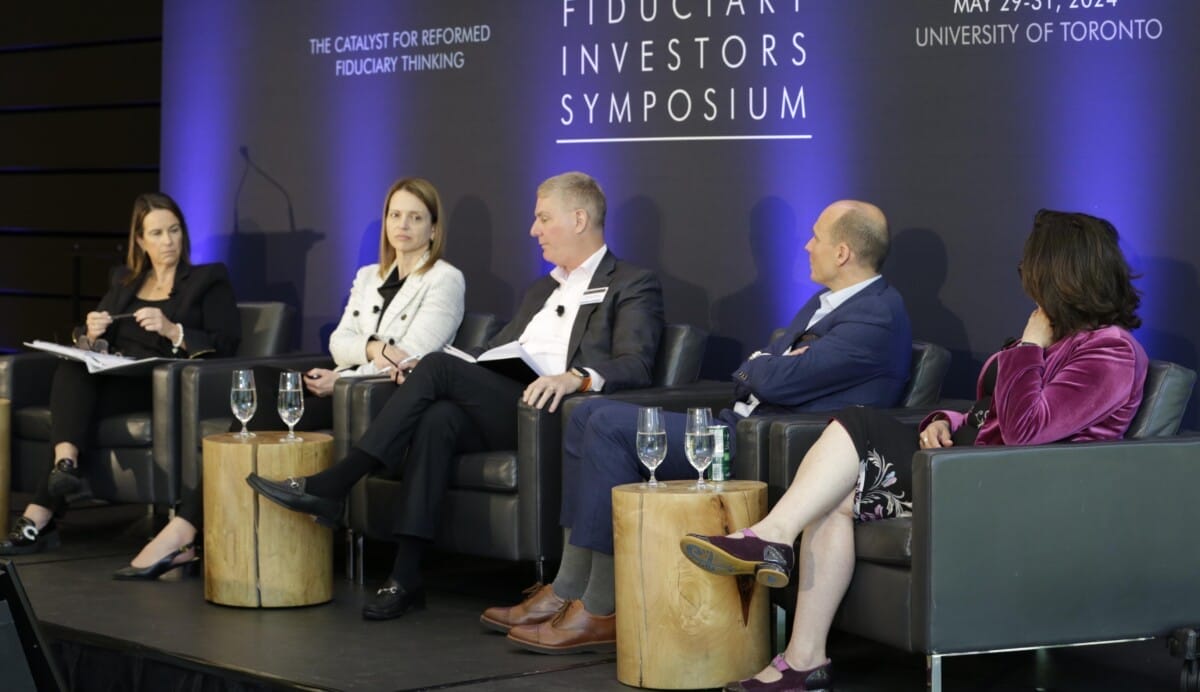Asset owners plan to put more pressure on fund managers’ fees in 2017, as they look to control costs in a low-return environment. As a consequence, managers need more innovative thinking around fee structures, according to the results of the third annual conexust1f.flywheelstaging.com/Casey Quirk Global CIO Sentiment Survey.
In an environment where chief investment officers cannot rely on markets to generate high returns, and also can’t control contribution levels, they are looking to what they can manipulate – costs.
In addition to fighting for a reduction in asset manager fees, asset owners also plan to insource more investments in 2017.
The survey showed, in particular, that efforts to reduce costs have put investment fees under pressure and have caused institutions to look for greater innovation in fee structures to align interests.
The chief investment officers of asset owners from 11 countries with combined assets under management of more than $2.2 trillion responded to the detailed survey, revealing their outlook for fees and risk management.
Investors cited low projected returns, along with increasing stakeholder pressure, as reasons for greater focus on costs. Poor manager performance was not a prominent reason for putting pressure on fees.
The clearly preferred means of lowering investment costs was through harder negotiation with external managers, with 77 per cent of respondents revealing this as their favoured option for reducing expenses.
Half of the respondents revealed they already get a discount from external managers, and 15 per cent said they receive a discount of more than 20 basis points. Some respondents said they received as much as a 25 per cent concession on fees. Even so, continued pressure on traditional asset-management fees was clear.
About half of respondents said they would allocate more to passive or smart beta strategies as a way of reducing costs, and 40 per cent said they would in-source more investment management. However, just 17 per cent said they would move out of high-fee asset classes, such as private equity, in an attempt to save.
Fees under heavy scrutiny
When funds did pay premium fees, the most common reasons they gave were limited product capacity and a lack of high-quality substitute managers, followed by strong service and value-add from managers. Tyler Cloherty, senior manager at Casey Quirk, said the top hedge funds and private-equity funds were not under pressure on fees and even had the potential to extend them.
“Investors have diverging appetites, they don’t want to pay more but they need to increase risk to meet hurdle rates. They are negotiating fees on traditional managers and assets and are spending on alternatives,” Cloherty explained.
Tony Skriba, senior consultant at the Casey Quirk Knowledge Centre, said in addition to reducing fees, asset owners are focused on alignment of interests.
“Investors are looking at performance fee preferences as a preferred model, and asset owners think managers don’t have enough skin in the game,” he said.
The survey revealed that performance fees were a focus for investors, particularly the large investors; 60 per cent of investors with more than $75 billion in assets preferred a performance-based structure with minimum management fees. Investors want innovation in fee structures, with a focus on retaining more of the gross value added.
“We are having more conversations in the market about how to think more innovatively about fee structures,” Cloherty said. “For managers, this is about revenue volatility. When we see people moving into performance fee structures, and reducing management fees, it’s usually about retaining clients. But some managers are looking at how to do that on a more systemic basis. This [requires] operational build out, so it will probably go to larger clients and mandates first.”
He said the most likely structure for institutional mandates will be a lower fixed fee with a performance fee on top, while mutual funds may consider implementing fulcrum fees.Casey Quirk said an ideal fee structure would probably be one where “managers get a hit on the downside” as well as benefiting from any upside.
Skriba said: “Managers need to alter incentives to show they’ll bear some of the risk as well as the upside.”
Managing risk – and expectations
In addition to wanting to reduce costs, large funds in the survey are overwhelmingly looking to lower their return expectations, with 80 per cent of funds having already reduced their return targets or planning to do so in the next year.
The return targets of the respondents varied from 2 per cent to 8.5 per cent, and 31.5 per cent of respondents revealed they were not confident of meeting this target in 2017. A further 42.6 per cent were uncertain of reaching this return target.
The conexust1f.flywheelstaging.com/Casey Quirk Global CIO Sentiment Survey also looked at risk-management techniques and found a heavy reliance on internal systems at most institutions.
While about 40 per cent of respondents did use one or more of BarraOne, MSCI, FactSet or tools provided by external managers or consultants, about 46 per cent used internally developed tools for risk management instead.
The funds are using a variety of risk-assessment techniques, including attribution against a benchmark, and a combination of conditional value at risk, standard deviation, volatility assessment, drawdown risk, sector exposures and tracking error.
Falling equity markets were cited as the biggest risk to investors’ portfolios in 2017, followed by geopolitical risks and rising interest rates.
Casey Quirk is a management consulting business specialising in investment management. It was bought by Deloitte last year.


